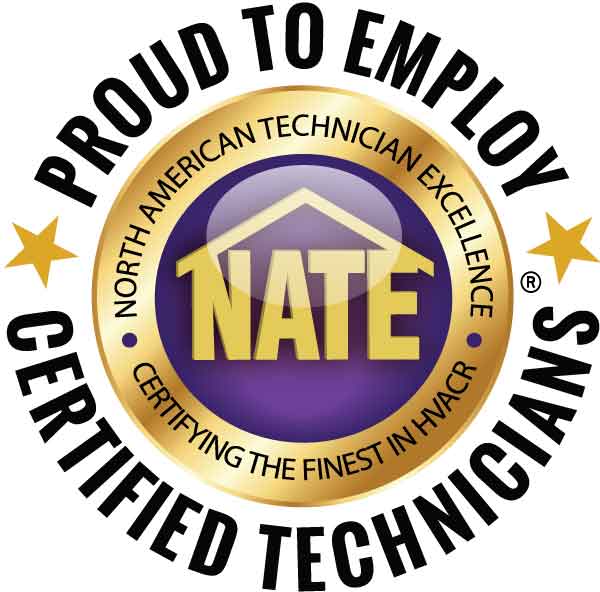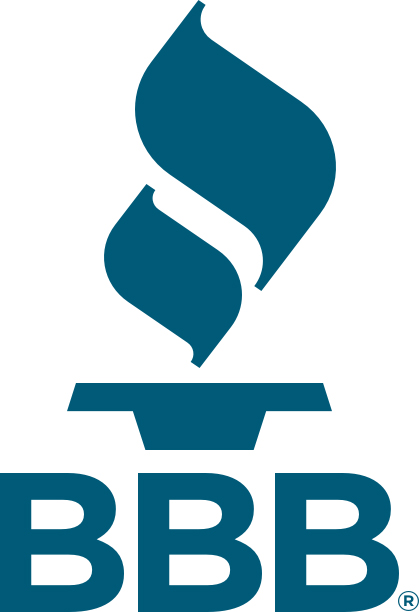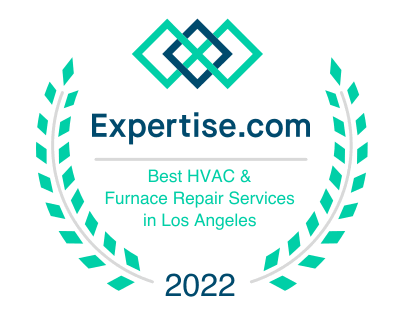
As concerns about climate change and environmental sustainability continue to grow, industries worldwide are making significant changes to reduce their carbon footprints. One of these changes is the shift in the types of refrigerants used in heating, ventilation, and air conditioning (HVAC) systems. At the center of this transformation is the A2L Federal Refrigerant Mandate, which aims to phase out high global warming potential (GWP) refrigerants and introduce more environmentally friendly alternatives like A2L refrigerants.
This blog will serve as an introduction to the A2L Federal Refrigerant Mandate and provide an overview of the key components and impacts of this important regulation. As the first post in a comprehensive series, we’ll also give you a sneak peek into what’s to come as we dive deeper into the details in future posts.
What Is the A2L Federal Refrigerant Mandate?
The A2L Federal Refrigerant Mandate is a set of federal regulations aimed at transitioning the HVAC industry away from refrigerants with high GWP—those that contribute significantly to climate change. Traditionally, many HVAC systems have used refrigerants like hydrofluorocarbons (HFCs), which, while effective, have high GWP ratings, meaning they trap a large amount of heat in the atmosphere when released.
The mandate introduces A2L refrigerants, which are classified as mildly flammable but have much lower GWPs. These refrigerants represent a key step toward achieving climate goals by reducing the environmental impact of HVAC systems. As part of this regulation, homeowners and businesses alike will need to start transitioning to HVAC systems that are compatible with A2L refrigerants.
Why Is This Mandate Important?
The mandate is being implemented for several reasons, all tied to global climate and environmental goals:
- Reduce Greenhouse Gas Emissions: High-GWP refrigerants like HFCs are potent greenhouse gases. Phasing them out will help decrease their contribution to global warming and overall climate change.
- Align with International Agreements: The U.S. is part of global efforts such as the Kigali Amendment to the Montreal Protocol, which calls for a significant reduction in the use of high-GWP refrigerants over time.
- Encourage Innovation in HVAC Technology: The mandate will drive the development and adoption of newer, more efficient HVAC systems that use A2L refrigerants, benefiting both the environment and consumers.
What Are A2L Refrigerants?
A2L refrigerants are a class of refrigerants characterized by their low global warming potential and mild flammability. They have a GWP significantly lower than traditional refrigerants like R-410A or R-22. While they are not entirely without risk due to their flammable properties, HVAC systems designed for A2L refrigerants are equipped with enhanced safety standards, ensuring that these new systems are both effective and safe.
Key Topics in This Blog Series
In the coming weeks, we’ll be exploring the various aspects of the A2L Federal Refrigerant Mandate in detail. Here’s a preview of what’s to come:
- Key Components of the A2L Refrigerant Mandate—What You Need to Know: A breakdown of the timeline, phase-out schedules, and new safety standards associated with the mandate.
- Safety Standards and Training for A2L Refrigerants: Learn about the safety considerations and the importance of proper HVAC technician training when handling A2L refrigerants.
- Environmental and Climate Benefits of the A2L Mandate: A closer look at how the transition to A2L refrigerants aligns with global climate initiatives and the environmental advantages it offers.
- How the A2L Mandate Impacts Homeowners: What homeowners need to know about upgrading their HVAC systems and complying with the new standards.
- Preparing Your Business for the A2L Refrigerant Mandate: Practical steps for businesses to stay compliant and future-proof their commercial HVAC systems.
- Cost Considerations and Financial Incentives for Transitioning to A2L Refrigerants: A guide to the financial impacts of the transition, including potential rebates and long-term savings.
- Future-Proofing Your HVAC System with A2L Refrigerants: Learn how upgrading to A2L refrigerants can help you stay ahead of future regulations and ensure a sustainable HVAC system for years to come.
What Does This Mean for You?
Whether you’re a homeowner or a business owner, the A2L Federal Refrigerant Mandate will likely affect you in the coming years. Depending on the age and type of your HVAC system, you may need to upgrade or retrofit your equipment to comply with new regulations. For those planning new installations, it’s essential to ensure that your system is compatible with A2L refrigerants to avoid future retrofitting costs.
Moreover, the mandate emphasizes safety and proper training for handling these mildly flammable refrigerants. Both homeowners and businesses will need to work with certified HVAC technicians who have the proper training to manage and install A2L-compliant systems safely.
Conclusion
The A2L Federal Refrigerant Mandate represents a critical step toward reducing the environmental impact of HVAC systems and addressing climate change. Understanding the reasons behind the mandate and preparing for the transition will help you stay compliant while contributing to a more sustainable future.
Stay tuned for the next post in this series, where we’ll take a deeper dive into the key components of the mandate, including the timeline for the transition, safety standards, and more.
Contact SoCal Climate Control Heating and Air Conditioning
For personalized advice or assistance with any HVAC needs, reach out to SoCal Climate Control Heating and Air Conditioning at (833) 202-0763. We’re here to ensure your system is running smoothly and effectively, providing comfort for years to come.











